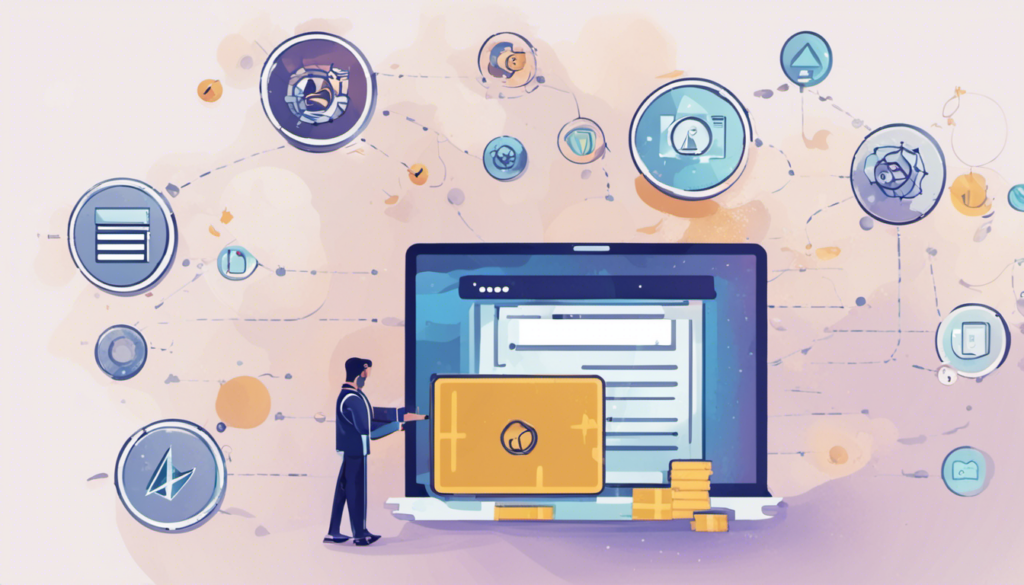Diving into how assets are being digitized using tokens enabling easy trade transfer and liquidity in new markets
Introduction
The world of finance is constantly evolving, and one of the latest advancements is the digitization of assets using tokens. This innovative technology has revolutionized the way assets are traded, transferred, and liquidated in new markets. In this article, we will dive deep into the concept of asset digitization using tokens, and explore its implications for the financial industry.
Understanding Asset Digitization
Asset digitization refers to the process of representing real-world assets as digital tokens on a blockchain. These tokens are then traded and transferred using smart contracts, which automate the entire process. This digitization allows for fractional ownership of assets, making them more accessible to a wider range of investors. Whether it’s real estate, artwork, or even rare collectibles, almost any asset can be tokenized.
Let’s take a closer look at how asset digitization using tokens works:
- Asset Identification: The asset that is being digitized is identified and its ownership is verified.
- Tokenization: The asset is divided into digital tokens, with each token representing a fractional ownership of the asset.
- Smart Contracts: These tokens are then stored on a blockchain, along with a set of rules called smart contracts. These contracts automate the execution of transactions and ensure the secure transfer of ownership.
- Trading and Liquidity: The tokens can be traded on various digital asset exchanges, enabling liquidity in markets that were previously inaccessible. Investors can buy, sell, and trade these tokens easily, without the need for intermediaries.
Benefits of Asset Digitization
The digitization of assets using tokens brings several benefits to both investors and the financial industry as a whole. Let’s explore some of these benefits:
| Benefits for Investors | Benefits for the Financial Industry |
|---|---|
| 1. Increased accessibility to previously illiquid assets. | 1. Expansion of investment opportunities and new markets. |
| 2. Fractional ownership allows for diversification of investment portfolios. | 2. Enhanced efficiency and transparency in asset trading and settlement. |
| 3. Lower barriers to entry, enabling participation from retail investors. | 3. Reduction of intermediaries, resulting in cost savings. |
| 4. Increased liquidity, facilitating quicker and easier asset conversion. | 4. Improved market liquidity and price discovery. |
Conclusion
The tokenization of assets is transforming the financial landscape, unlocking opportunities for investors and streamlining the trading and transfer of assets. This digitization enables easy trade, transfer, and liquidity in new markets that were previously inaccessible. As the technology continues to evolve, we can expect to see further innovation and disruption in the financial industry.




